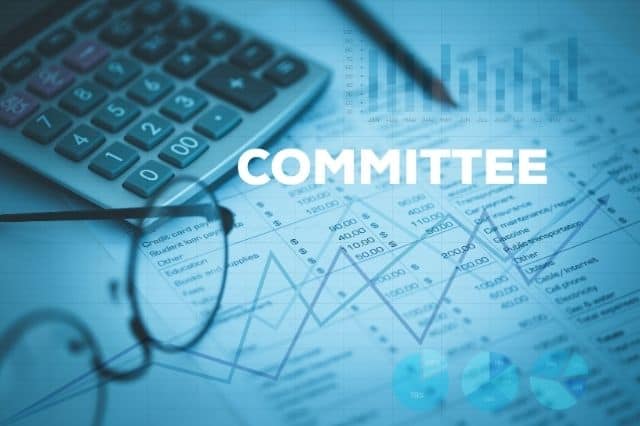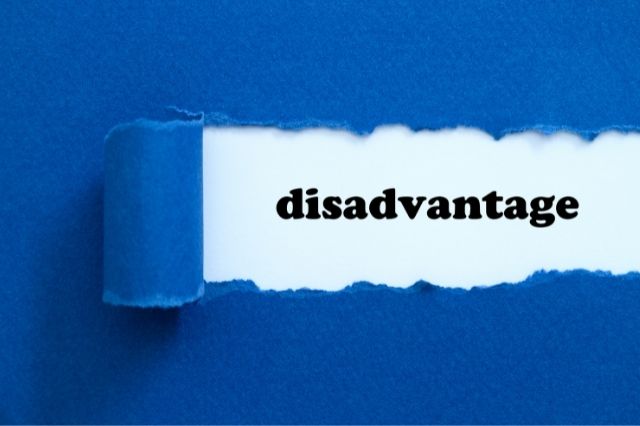Committee Organizational Structure
A Committee or a task force is the most important form of a formal group appointed by the management to perform certain functions or tasks. Committees and task forces have become more and more necessary and important, as the organization grows larger and more complex. Because of collective information and analysis, committees are more likely to come up with solutions to complex problems.
Committees are prevalent in all types of organizations. They are in the government, educational, religious, and business organizations. Even the board of directors of an organization is a form of a committee. Other prevalent types in business are finance committees, audit committees, grievance committees, quality circles, and so on.
There is some form of a formal committee on every level of the organization. They also perform so many different functions. They might act in an advisory capacity or in a decision-making capacity where their decisions are enforceable. These committees are basically set up for the following purposes:
- The committees are good for a where organizational members freely exchange ideas.
- With the exchange of these ideas, some suggestions and recommendations can be generated that may prove useful for the organization.
- The existing problems in the organization can be discussed within the committee forum and some new ideas for solving these problems can be introduced.
- Some committees are formed to assist in the development and establishment of organizational policies.
Advantages and Disadvantages of Committees
The committees provide an excellent training ground for young executives. They also provide opportunities for personal development that individuals may not be able to get on their own.
Advantages of Committees
1. Pooling of opinions
The members bring in different backgrounds, values, viewpoints, and abilities. These wide-ranging abilities result in a greater knowledge base, that results in better quality decisions. Additionally, group deliberations generally ensure a thorough consideration of problems from all angles and alternative points of view before arriving at a decision. This would not be possible if the same problem was looked at by a single executive.
2. Improved cooperation
The members of the committee usually get to know each other well and thus see each other’s point of view with respect. They are willing to cooperate and coordinate, especially when they become aware of their role and how their decisions are going to affect the entire organization.
3. Motivation
From a human standpoint, the biggest advantage of committees may be increased motivation and commitment derived from participation in the committee deliberations and indirectly in important organizational affairs. Also, when the committee consists of managers and subordinates, it gives the subordinates some degree of recognition and importance.
4. Representation
Since the committee members may have different interests and opinions that may be opposed to each other, the process of committee deliberations gives a critical viewpoint and balanced outcome of these different representations. However, even though a committee should be highly representative of all interests, the capabilities of the members should take precedence over the representation.
5. Dispersion of power
While autocratic authority makes decision making and implementation faster and easier, it may lead to misuse of power and wrong decisions. However, by spreading authority and responsibility for all committee members, this problem can be eliminated.
6. Executive training
The committees provide an excellent training ground for young executives. They also provide opportunities for personal development that individuals may not be able to get on their own. In the committees, they learn the value of interaction, human relations, and group dynamics. They get exposed to various viewpoints and tend to think in a liberal manner and get to understand how collective decisions are made. Such type of exposure and experience enables them to take on an integrative view of solving various organizational problems.
7. Continuity
Most committees do not replace all of their members at some time so that some new members join to replace some old members while the other members remain and thus the continuity of operations is maintained. The U.S. Senate works on this basis so that every two years there is an election for one: third of the total Senate.
8. Communication
A committee can be an excellent forum for management and workers to have simultaneous communication and discuss matters of common interest in an atmosphere of goodwill and understanding and reach some mutually benefiting conclusions.
9. Better chances of recommendations to be accepted
A committee recommendation is much more likely to be accepted than an individual recommendation.
Disadvantages of Committees
1. Time and cost
The very structure of the committee is a costly affair in terms of money and time. The nature of the committee is such that everyone has an equal chance to speak out and take part in discussions and this can be very time-consuming.
2. Compromise
Usually, there is a tendency to present unanimous decisions and hence a majority viewpoint is token as representative even when the minority viewpoint is valid. This may result in premature agreements and decisions of mediocre quality The minority may be unwilling to pursue their viewpoints for fear that they will stand out and maybe labeled as uncooperative.
3. Personal prejudice
Sometimes, winning an argument or getting back at somebody for personal reasons may give the problem a secondary priority, thus diluting the strength of the decision.
4. Logrolling
This term is coined for wheeling and dealing with political interests and purposes. These political pressures may come from the top management that wants a particular point of view to dominate in the committee discussions.
5. The strain on interpersonal relations
In committee meetings, there is a tendency that everybody wants to please everybody else, otherwise, any displeasure within the committee can strain working relations outside the committee too.
6. Lack of effectiveness
Certain issues are better solved by individuals rather than committees. The committees are very useful in handling grievances and interdepartmental problems, but they are not effective in formulating such policies where individual initiative and creativity are involved.






